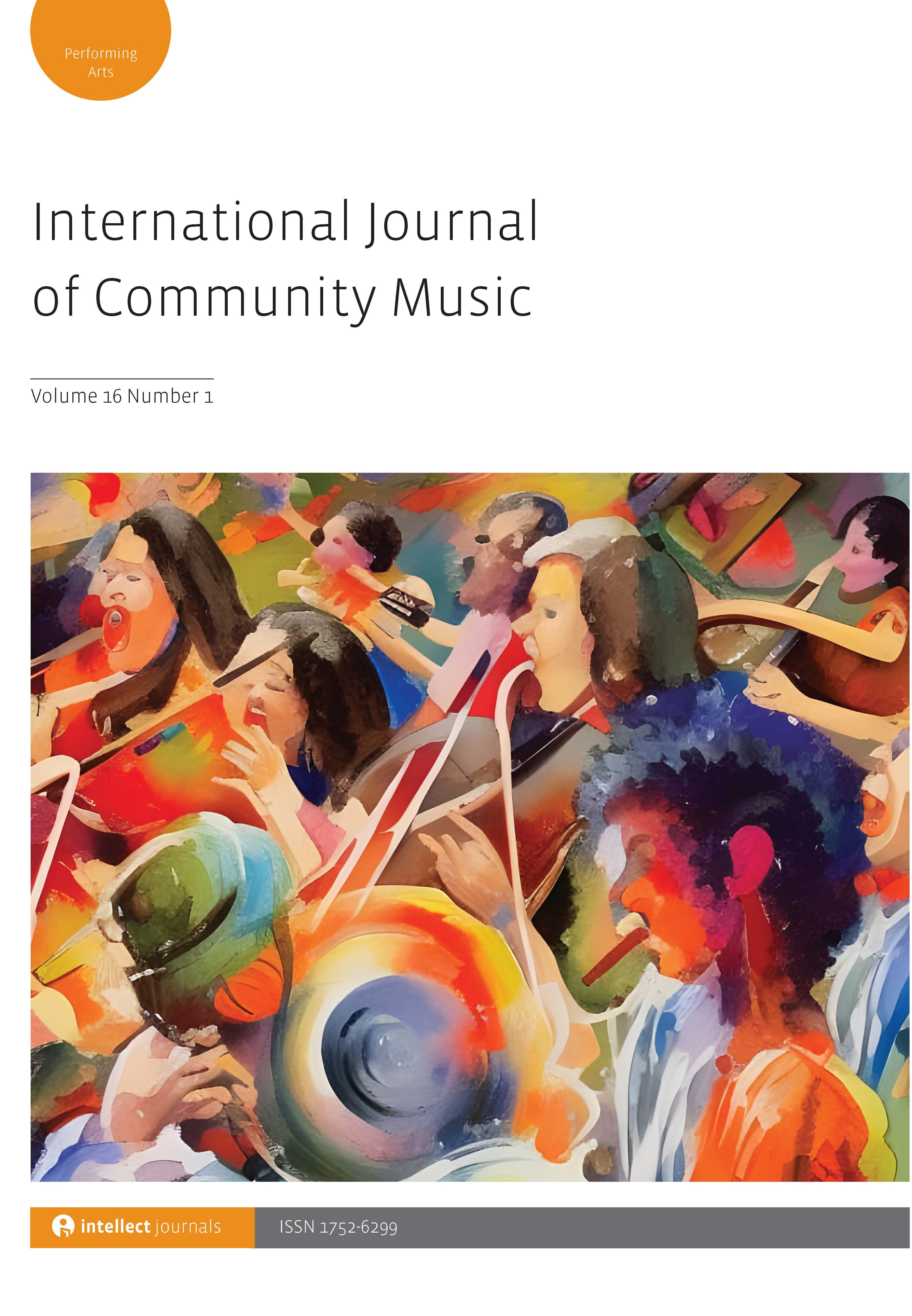
Full text loading...
 , Irene Bartlett2
, Irene Bartlett2
A university-based, international research project investigating the effects of regular singing group activities for people with Parkinson’s disease (PD) provided a unique opportunity to capture the lived experience of three facilitators of Australian-based singing groups. Using a phenomenological approach, data were collected via facilitators’ reflective journals of singing group activities together with their oral reports at a symposium at the conclusion of the larger research project. Data analysis revealed the skills and attributes described by the three facilitators and the challenges they experienced. Results indicate that targeted skills training around a knowledge of voice function and awareness of the physical and emotional challenges faced by people with PD could assist facilitators to develop best practice interventions.

Article metrics loading...

Full text loading...
References


Data & Media loading...

Publication Date:
https://doi.org/10.1386/ijcm_00009_1 Published content will be available immediately after check-out or when it is released in case of a pre-order. Please make sure to be logged in to see all available purchase options.